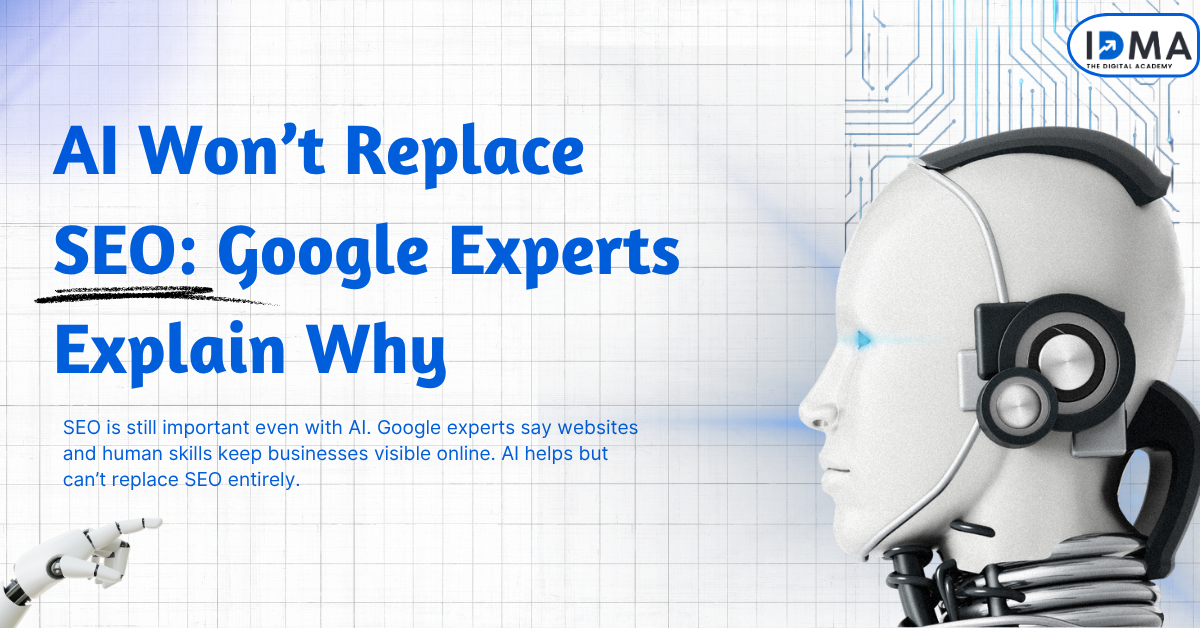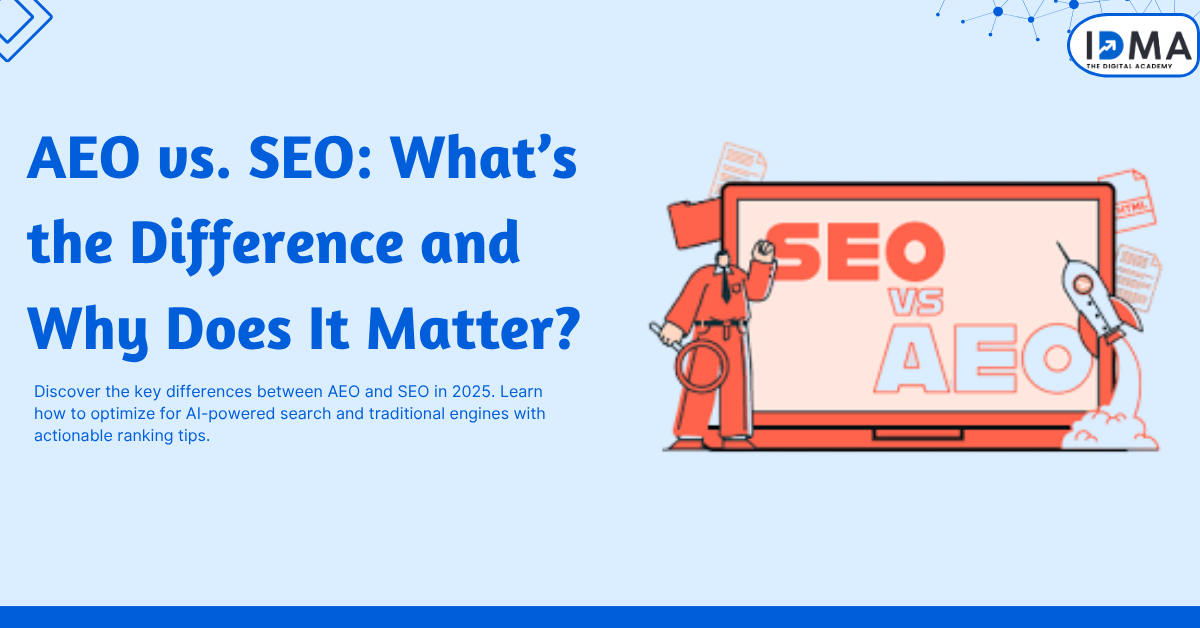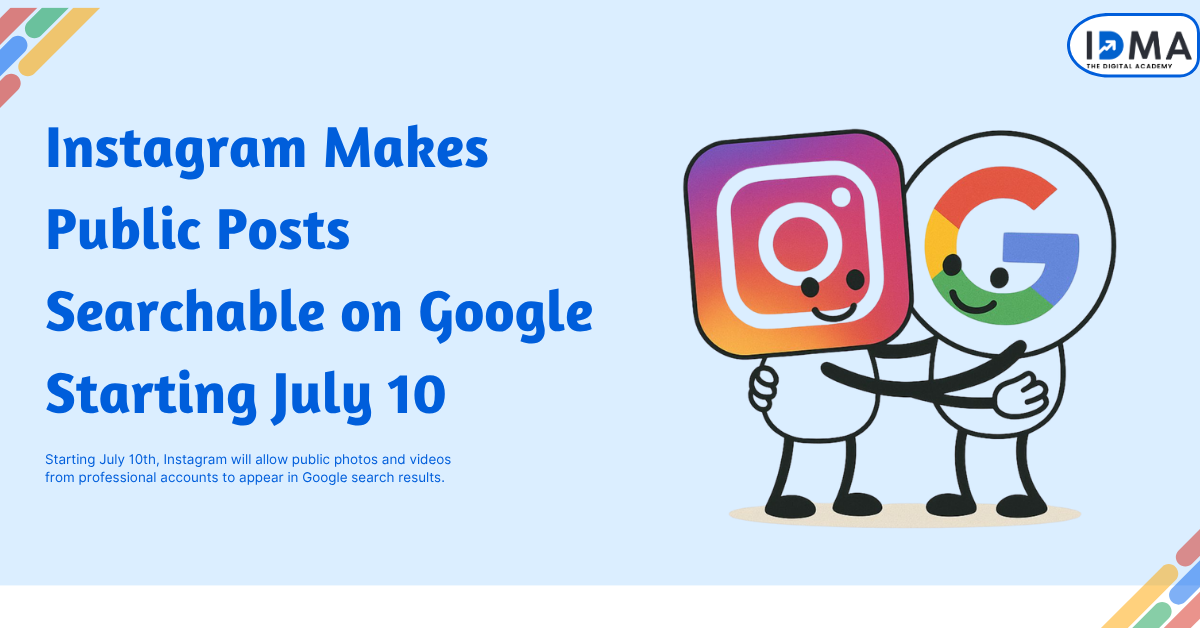If you’re a copywriter, you’ve probably had a moment where you paused and thought: “Am I going to be replaced by a machine?” It’s not just paranoia it’s a legitimate question in the age of AI tools writing everything from ad copy to blog posts. Artificial Intelligence is no longer just about robots in sci-fi movies; it’s here, crafting headlines, product descriptions, email campaigns, and even poems. And it’s fast. Faster than any human. Naturally, this has caused some concern among content creators and marketers alike.
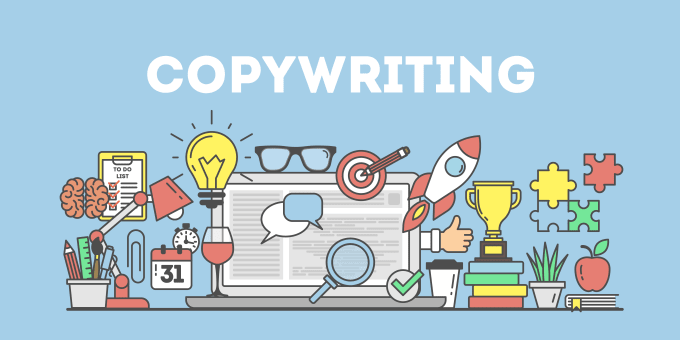
But let’s not hit the panic button just yet. AI is impressive, but is it that good? Can it really replicate the creativity, emotional intelligence, and strategic thinking of a skilled human copywriter? Or is this just another hype cycle that will settle into a more balanced reality?
In this article, we’re diving deep into the reality of AI in the copywriting world. We’ll explore where it shines, where it stumbles, and whether your writing gig is safe or not. Let’s break it down together.
Understanding AI in Copywriting
To really understand the threat or opportunity AI presents to copywriters, we first need to know what we’re dealing with.
AI copywriting refers to the use of machine learning models, like GPT (Generative Pre-trained Transformer), to generate written content. These tools are trained on massive datasets pulled from the internet, which helps them understand grammar, structure, tone, and a vast array of writing styles. Some of the most well-known AI writing tools include:
- ChatGPT
- Jasper AI
- Copy.ai
- Writesonic
- Sudowrite
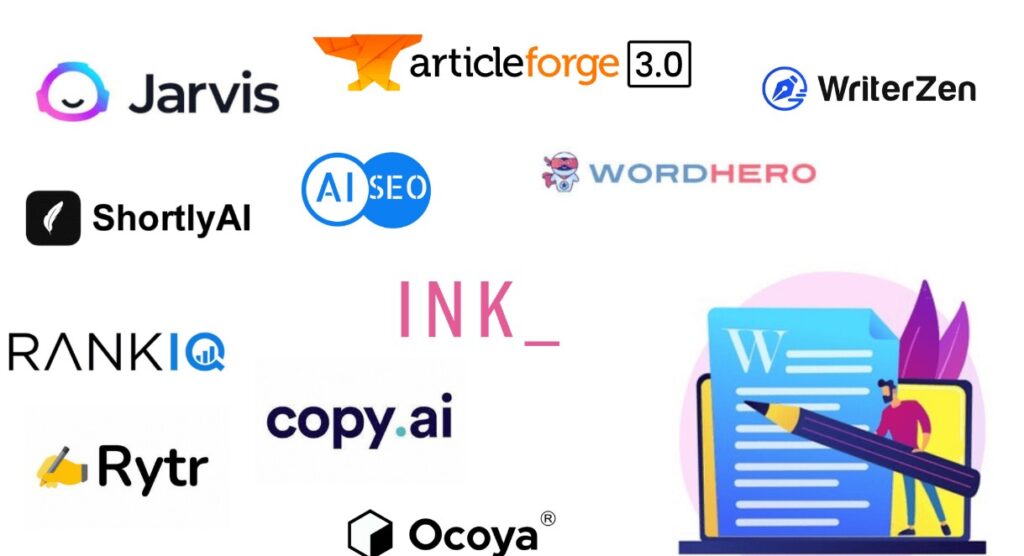
These platforms can churn out content at an impressive rate. A task that might take a human 3 hours can take AI 3 seconds. Need a product description? Done. Email copy? Done. A thousand-word blog post? Give it a few clicks.
Marketing teams love it for its ability to produce scalable content quickly and affordably. Startups are using it to launch websites with minimal human input. E-commerce stores are generating hundreds of product descriptions in minutes. Sounds revolutionary, right?
But here’s the catch just because AI can write, doesn’t mean it can write well. And that’s where the real story begins.
The Human Touch in Copywriting
Here’s the thing: good copywriting isn’t just about stringing words together. It’s about persuasion, tone, empathy, timing, and understanding human behavior. It’s about knowing when to be witty, when to be serious, and how to make someone feel something.
AI, for all its power, doesn’t “feel.” It doesn’t know what it’s like to scroll through a page looking for the perfect gift for a loved one. It doesn’t know the tension of a failed product launch or the excitement of planning a dream vacation. It’s pulling patterns from data it’s not living those moments.
That’s where human copywriters shine.

We can craft stories that resonate on a personal level. We can use subtle humor, cultural references, and layered emotion. We know that a sentence’s impact isn’t just about what it says, but how and when it says it. For instance, a mother shopping for baby products wants reassurance, safety, and care in the words she reads. AI might suggest a generic “soft and comfortable,” while a human copywriter would write, “gentle on your baby’s skin, like your loving touch.”
Emotion sells. Connection converts. And that’s where AI still falls short.
Also Read: GEO Takes Over: SEO for the Age of ChatGPT and AI
Limitations of AI in Copywriting
So, what’s holding AI back from total domination in copywriting? Quite a bit, actually.
First off, context is hard. AI often struggles with understanding nuance. Give it a vague prompt, and it might generate something completely off-track. Ask it to write about a “jaguar,” and it might give you a paragraph about the animal when you actually meant the car.
Then there’s creativity. While AI can generate content that sounds creative, it often rehashes existing ideas. It lacks true originality. You won’t find it creating a brand-new metaphor that sticks in your head for weeks or a line of dialogue that gives you goosebumps. It imitates more than it innovates.
Also, let’s talk about accuracy and trustworthiness. AI sometimes makes stuff up. Seriously. It’s called “hallucinating,” and it’s a known problem. That means you could end up with fake stats, incorrect info, or just plain nonsense if you’re not careful.
And lastly, ethical issues. There’s the risk of plagiarism, the spread of misinformation, and concerns about who owns AI-generated content. If a bot writes your article, who’s legally responsible for it? Can you really claim authorship?
These are all critical questions that brands and creators must consider before handing over the creative reins to a machine.
Strengths of AI in Copywriting
Now, let’s give credit where it’s due AI does have some serious advantages, especially in areas where volume and speed matter most.
Efficiency is perhaps AI’s biggest strength. Need 500 meta descriptions? Done. Want to A/B test 30 different ad headlines? No problem. For repetitive, high-volume writing tasks, AI is a game-changer. It saves time, money, and mental energy.
Another huge plus is SEO optimization. AI tools can quickly analyze keywords, competitor content, and search intent to craft articles that are algorithm-friendly. They can ensure proper keyword density, suggest internal linking strategies, and even provide on-page SEO recommendations.
Then there’s data-driven personalization. AI can create content variations based on customer segments. Imagine writing email campaigns tailored to different buyer personas AI can help scale that without burning out your content team.
In short, AI excels in roles where speed, scalability, and structure matter more than soul. But when it comes to crafting compelling brand stories? That’s still our playground.
The Role of Copywriters in an AI World
So, if AI is here to stay, where does that leave human copywriters? The good news is we’re not going extinct. We’re evolving.
Rather than thinking of AI as a threat, it’s smarter to view it as a powerful tool. The same way designers use Photoshop and musicians use digital audio workstations, writers can use AI to enhance their work. It’s like having a super-fast intern who can do the grunt work, so you can focus on the strategy, creativity, and messaging that really matters.
Today’s copywriters need to become strategic communicators. That means understanding marketing funnels, conversion psychology, brand voice, and audience personas. The ability to craft compelling narratives and emotionally resonant messages will always be in demand machines simply can’t replicate that level of emotional intelligence.
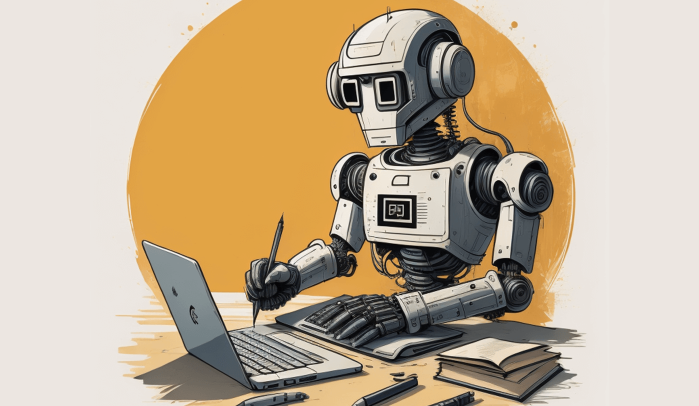
There’s also a growing need for AI content editors people who can take raw AI output and refine it into something polished, accurate, and human-sounding. Think of it like sculpting: AI provides the clay, but the artist still shapes the masterpiece.
Upskilling is key here. Learning how to work with AI tools, understanding prompt engineering, and knowing where AI fits in a content strategy will be essential for future-ready writers. Those who resist change risk falling behind, while those who adapt can thrive.
In other words, copywriters who blend human creativity with AI efficiency will be unstoppable.
Case Studies: AI vs Human Copywriters
Let’s look at some real-world examples where AI and human copywriters have gone head-to-head.
In one well-known test, a marketing agency asked both an AI and a human to write product descriptions for a new line of luxury watches. The AI generated text quickly snappy, on-brand, and SEO-optimized. The human writer, however, took longer but delivered something far more nuanced and emotionally engaging. When tested on an actual audience, the human copy outperformed AI in conversion rates by 37%.
In another case, an e-commerce brand used AI to generate thousands of product descriptions across multiple categories. While it saved time, the content often lacked cohesion and had to be heavily edited to maintain consistency in tone. A hybrid model AI first draft + human editing proved to be the sweet spot.
One advertising agency ran a Facebook ad copy test using both AI and human-generated content. Interestingly, the AI version had a higher click-through rate, but the human-written ad had a significantly better engagement rate and led to more actual conversions.
What does this tell us? That AI isn’t a silver bullet. It can be a starting point, but human expertise is often required to craft content that truly connects and converts.
When AI Works Best (and When It Doesn’t)
AI has a clear place in the content creation world but it’s not always the right choice for every task.
Where AI Shines:
- Product Descriptions: Especially when you need to create thousands of similar items with slight variations.
- SEO Articles: When keyword optimization and structure are more important than emotional storytelling.
- Social Media Captions: For quick, repetitive content across multiple platforms.
- Email Subject Lines & A/B Tests: AI can rapidly generate and test multiple versions to find what resonates.
Where AI Struggles:
- Brand Storytelling: Developing a compelling origin story or brand identity is still a human-driven process.
- Emotional Appeals: Writing that connects deeply on a human level often falls flat when generated by machines.
- Complex Sales Copy: Persuasive, high-converting copy that guides readers through objections requires a skilled human touch.
- Satire, Humor, and Irony: These are areas where cultural context and nuance are essential something AI hasn’t fully mastered.
The bottom line? AI works best as an assistant, not a replacement. Use it to handle the heavy lifting, but don’t rely on it to replace your strategic thinking, empathy, and creativity.
How Brands Are Using AI in Content Strategies
Top companies across various industries are already integrating AI into their content workflows. But how they’re doing it reveals a lot about AI’s actual strengths and weaknesses.
Take HubSpot, for example. They use AI for data-driven content suggestions, helping marketers identify trending topics, related keywords, and potential SEO opportunities. But the content itself is still largely human-created to maintain tone and trust.
eBay uses AI to auto-generate product descriptions for new listings. This makes it easier for sellers to post products quickly while maintaining consistency. However, the most engaging listings especially high-end items are still written manually.
Even Netflix uses AI to generate and optimize promotional content and show descriptions tailored to different audiences. But their original show scripts, teasers, and taglines? Still crafted by human writers.
And then there’s Forbes, which uses a tool called Bertie to assist journalists by suggesting headlines and topics. It’s not replacing writers it’s augmenting their workflow.
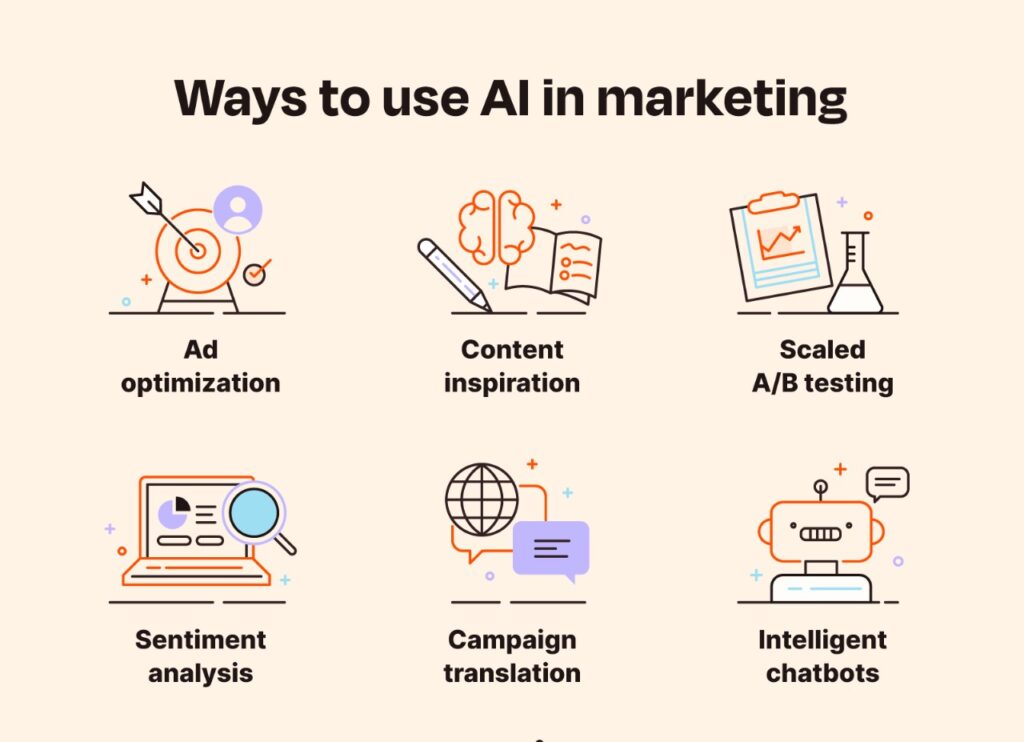
This hybrid approach AI + Human synergy is what’s winning right now. Brands recognize that AI can improve efficiency, but human creativity remains irreplaceable when it comes to branding, voice, and storytelling.
Also Read: How to Use Google Search Console to Improve Your SEO
The Future of Copywriting Jobs
Let’s look ahead. What does the next 5–10 years look like for copywriters?
The demand for traditional content writing may plateau, but that doesn’t mean the end of the road. Instead, the type of writing that’s in demand is shifting. We’re seeing a rise in roles like:
- Content Strategists
- Conversion Copywriters
- Brand Storytellers
- AI Content Editors
- Prompt Engineers
In fact, copywriters who understand how to work alongside AI will be more valuable than ever. Companies will seek writers who can interpret data, optimize performance, and deliver emotionally intelligent content that AI simply can’t match.
There’s also the rise of voice search, interactive content, and augmented reality new mediums where copywriting will play a crucial role. The platforms may change, but the need for clear, compelling communication will never go away.
So instead of fearing the future, copywriters should see this as a chance to reinvent themselves to become not just writers, but full-fledged digital storytellers with a tech-savvy edge.
Conclusion: Adaptation Over Replacement
The rise of AI in copywriting isn’t the death knell for human writers it’s a call to evolve. Yes, machines are faster. Yes, they’re getting smarter. But they’re still tools, not replacements. What they lack in emotion, context, and originality, humans make up for in spades.
Great copywriting has always been about more than words. It’s about connection. And while AI can simulate tone or structure, it can’t truly understand your audience the way a skilled human can. That empathy, insight, and adaptability that’s our advantage.
So, will AI replace copywriters? Not the good ones. Not the ones who grow, adapt, and learn how to use AI rather than compete with it.
Final Takeaways: What You Can Do Now
- Learn AI Tools : Familiarize yourself with platforms like ChatGPT, Jasper, or Copy.ai. Know their strengths and limitations.
- Become an Editor, Not Just a Writer : AI can generate drafts, but the magic happens in the edit. Learn to refine and elevate machine-generated content.
- Master Strategy and Voice : Copywriters who understand brand voice, customer psychology, and storytelling will remain indispensable.
- Niche Down : Specialized knowledge in industries like tech, finance, or health will keep your value high and harder to automate.
- Build a Portfolio That Showcases Emotion : Highlight work that demonstrates emotional depth, cultural nuance, and human insight areas where AI still falls flat.
Final Word
The future isn’t human or AI it’s human with AI. Writers who embrace that partnership will not only survive the shift they’ll thrive in it.
So no, copywriters. You’re not obsolete. You’re just entering your next chapter. Let’s write it well.


